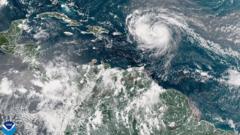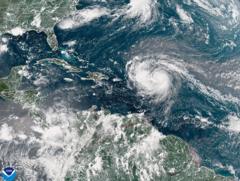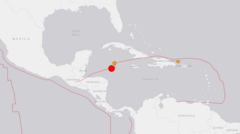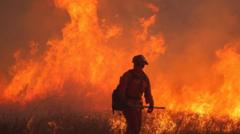SAN JUAN, Puerto Rico — The Atlantic Ocean remains unusually calm during what is typically the peak of hurricane season, showing no named storms for nearly three weeks. This phenomenon has left many, including meteorologist Philip Klotzbach, questioning, Where the heck are the Atlantic #hurricanes?
The last named storm, Tropical Storm Fernand, formed on August 23 and dissipated shortly after on the 28th, remaining over open water. According to Ernesto Rodríguez, a meteorologist with the National Weather Service in San Juan, this quiet period is unprecedented since modern record-keeping began in 1950, with only one similar occurrence noted since then.
Reasons Behind the Calm
Three critical factors contribute to this unusual calm:
- Wind Shear: A recent surge in wind shear has inhibited storm formation.
- Dry Air: Persistent dry air over the tropical Atlantic has taken hold, preventing storms from developing.
- Reduced Rainfall: There has been a notable decrease in rainfall in West Africa, which typically fuels tropical waves that can lead to storms.
Despite the lack of storms, experts express that this calm is generally positive, especially for regions like Puerto Rico, which continue to rebuild from the devastation of Hurricane Maria in 2017.
What Lies Ahead?
Forecasters caution that the season is not over. The conditions from mid-September to mid-October are expected to remain favorable for storm formation, with storms currently developing that could soon gain strength. Rodríguez emphasizes that warm ocean temperatures still exist, providing fuel for potential hurricanes in the coming weeks.
Historical Context: An average hurricane season consists of 14 named storms, albeit only six have appeared so far this year. The NOAA predicted an above-normal hurricane season, anticipating 13 to 18 named storms. The absence of storm activity in this period appears particularly striking, given that over 80% of hurricane activity traditionally occurs in August and September.
As the season continues, meteorologists remain vigilant, urging the public to stay informed as weather patterns evolve.



















